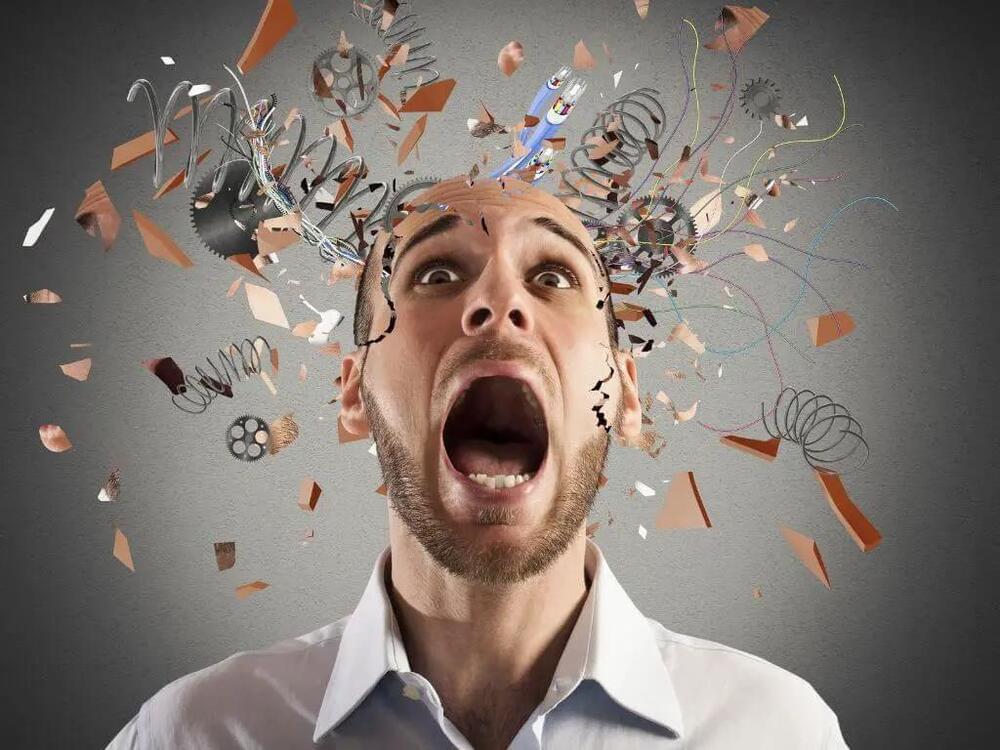Short, toxic RNAs kill brain cells and may allow Alzheimer’s to develop.
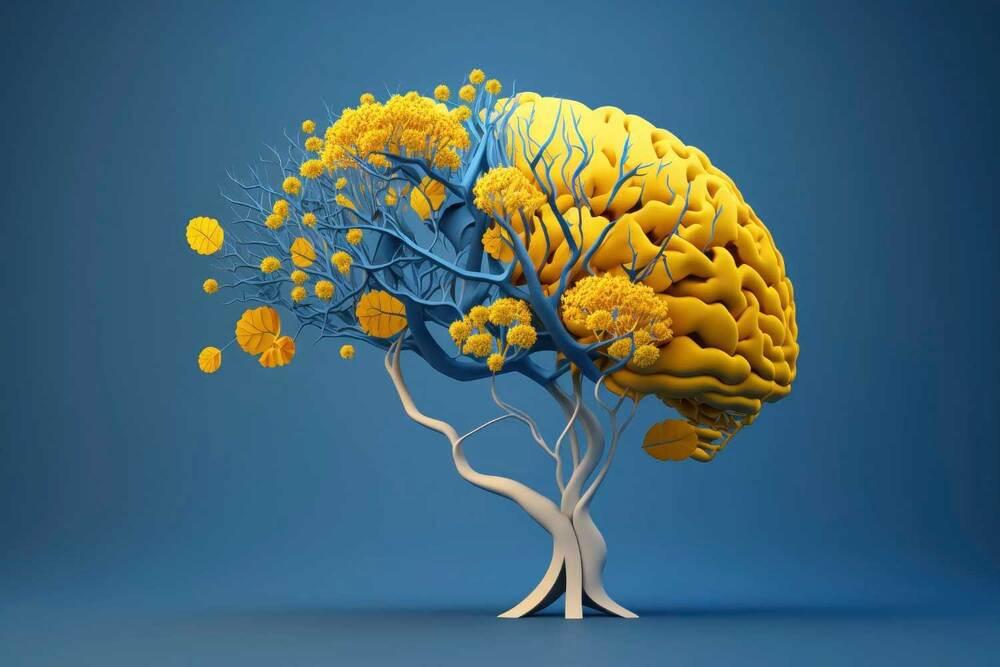


In a new article published in the journal Nature Reviews Neuroscience, researchers make the case that the human brain also develops a cellular template soon after birth which defines who we are and how we perceive the world.
For centuries, a prevailing theory in philosophy has asserted that at birth the human mind is a blank slate. More recently, the same notion has also held sway in the field of neurobiology, where it is commonly held that neural connections are slowly created from scratch with the accumulation of sensory information and experience.
Eventually, the theory goes, this allows us to create memories in space and time and to then learn from those experiences.
But after spending more than a decade studying activity in the hippocampus, the area of brain which forms memory, Yale’s George Dragoi began to have his doubts.
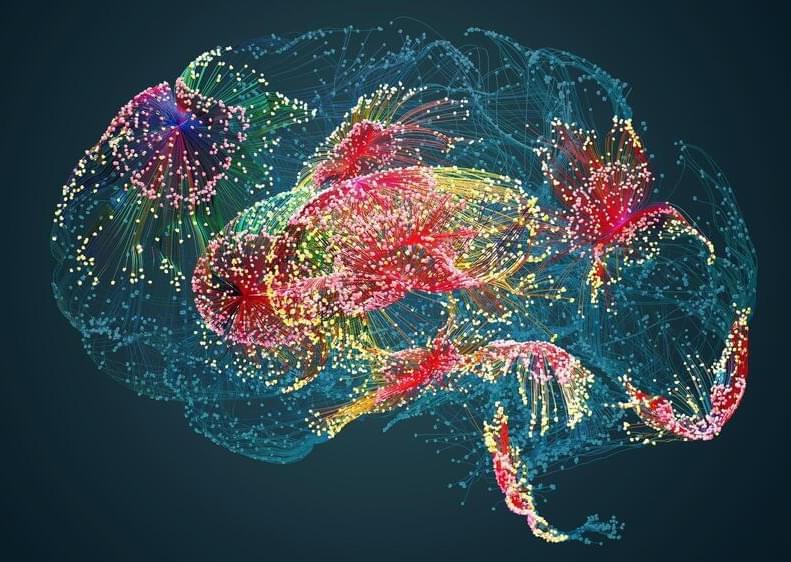
This story is part of a series on the current progression in Regenerative Medicine. This piece discusses advances in Alzheimer’s therapy.
In 1999, I defined regenerative medicine as the collection of interventions that restore normal function to tissues and organs damaged by disease, injured by trauma, or worn by time. I include a full spectrum of chemical, gene, and protein-based medicines, cell-based therapies, and biomechanical interventions that achieve that goal.
An emerging combination of focused ultrasound therapy with a recently approved medication could be our best treatment for Alzheimer’s disease to date. In the New England Journal of Medicine, Dr. Ali Rezai and colleagues from West Virginia University describe an approach to reduce cerebral amyloid-beta load, a biomarker for neurodegeneration, in patients with Alzheimer’s. While in its preliminary stages, the combination treatment can potentially help thousands, if not millions, suffering from the disease in the near future.
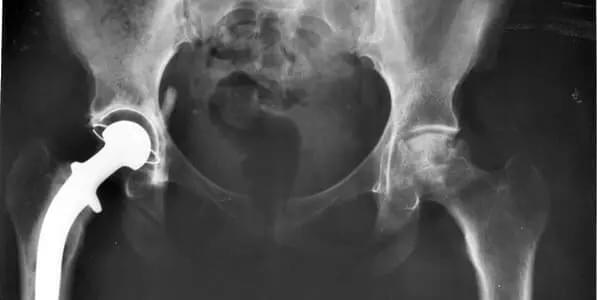
Low mental health associated with worse outcomes after total hip arthroplasty suggests a new study published in the Archives of Orthopaedic and Trauma Surgery.
Poor mental health is difficult to recognize and as a result, its association with recovery from total joint arthroplasty is difficult to assess. The purpose of this study was to investigate the relationship between overall mental health scores and outcomes in the early postoperative period following unilateral total hip arthroplasty (THA). This is a retrospective review of prospectively collected data involving 142 patients who underwent primary unilateral THA. Independent variables included patient demographics and preoperative Patient-Reported Outcomes Measurement Information System (PROMIS), Global Physical Health (GPH) and Global Mental Health (GMH) and Hip Disability and Osteoarthritis Outcome Score, Joint Replacement (HOOS JR) scores as well as diagnoses of depression or anxiety.

When you get in the car to see your significant other for dinner, your brain’s reward center is likely flooded with dopamine, a hormone also associated with cravings for sugar, nicotine, and cocaine. This rush of dopamine motivates you to navigate through traffic to maintain that special connection. However, if the dinner is with just a work colleague, this intense flood of dopamine may be reduced to a mere trickle, according to recent research conducted by neuroscientists at the University of Colorado Boulder.
“What we have found, essentially, is a biological signature of desire that helps us explain why we want to be with some people more than other people,” said senior author Zoe Donaldson, associate professor of behavioral neuroscience at CU Boulder.
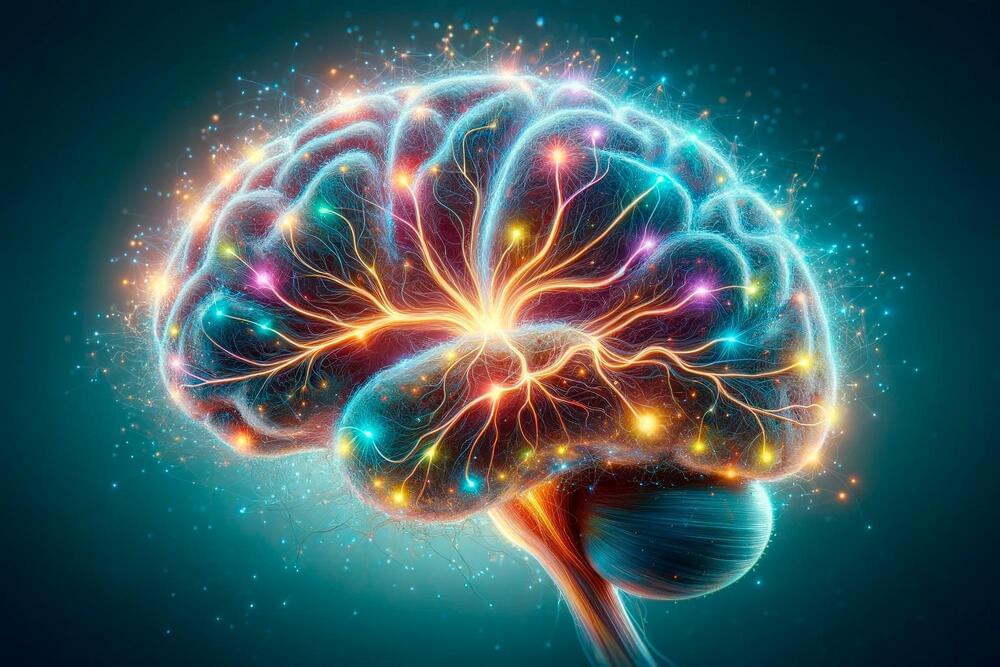
SynapShot, developed by an international research team, marks a major advancement in neuroscience by enabling real-time, live observation of synaptic changes in the brain.
The human brain contains approximately 86 billion neurons and 600 trillion synapses that exchange signals between the neurons to help us control the various functions of the brain including cognition, emotion, and memory. Interestingly, the number of synapses decrease with age or as a result of diseases like Alzheimer’s, and research on synapses thus attracts a lot of attention. However, limitations have existed in observing the dynamics of synapse structures in real-time.
We’re reading more than ever before – but much of it is on screens rather than physical books. Is it changing the way our brains work? Reading books has so many physical, emotional and economic benefits — here’s why how we read might be more important than what or how much we read.
Video by Daniel Nils Roberts.
Made in partnership with the Open University.
If you liked this video then why not watch this one about the power of stories to shape our minds 👉 • How stories shape our minds | The sci…
\r.
____________________________\r.
\r.
Do you have a curious mind? You’re in the right place.\r.
\r.
Our aim on BBC Ideas is to feed your curiosity, to open your mind to new perspectives, and to leave you that little bit smarter. \r.
\r.
So dive in. Let us know what you think. And make sure to subscribe! 👉https://bbc.in/2F6ipav\r.
\r.
Visit our website to see all of our videos: https://www.bbc.com/ideas\r.
And follow BBC Ideas on Twitter: / bbcideas.
#bbcideas #reading #screentime
Autism is characterized by impairments in social communication and interaction and restricted and repetitive behaviors. In this video, I discuss the neuroscience of autism along with potential factors and mechanisms involved in the development of autism.
TRANSCRIPT:
Autism, also known as autism spectrum disorder, is characterized by symptoms that include impairments in social communication and interaction and restricted and repetitive behaviors. Although the neuroscience of autism is still poorly understood, autism is considered to be a complex developmental disorder that involves atypical brain organization starting early in development.
Individuals with autism often experience a period of unusually rapid brain growth in infancy and early childhood. This accelerated brain growth is linked to an atypical pattern of connectivity between brain regions. A number of studies report that alterations in brain circuitry involved with social interaction and attention can be detected well before the symptoms of autism begin to appear. At this point, however, it’s unclear how brain overgrowth and atypical connectivity might be linked to the occurrence of autism symptoms.
Research suggests that the risk of autism is strongly influenced by genetics, yet studies consistently report that environmental factors also play a large role. Although a number of potential environmental factors have been identified, the risk factors for autism are far from definitive, and it remains unclear which factors are responsible for causing an increase in autism risk, and which are associated in a non-causal way. The risk factors that are most strongly linked to autism are associated with the prenatal or perinatal period. Thus, it’s possible they might be responsible for disruptions to typical neural development, leading to symptoms of autism months or years later. How these risk factors might interfere with neural development is still uncertain, but hypotheses have suggested potential mechanisms such as epigenetic effects, inflammation, oxidative stress, or damage caused by oxygen deficiency. More work needs to be done, however, to fully elucidate the genetic and environmental risk factors for autism, as well as the mechanisms for the development of autism symptoms.
REFERENCES:
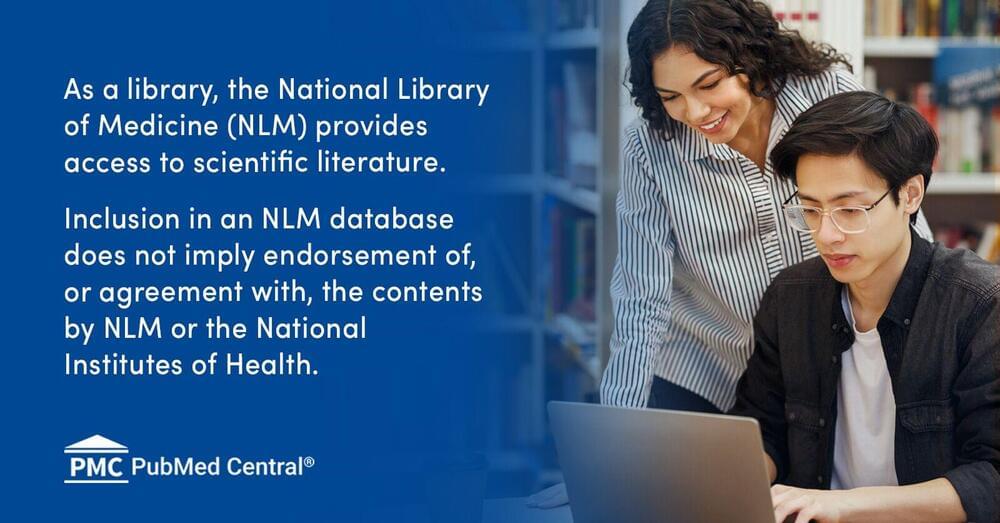
It has been known for more than century that increases in neural activity in the brain drive changes in local blood flow, known as neurovascular coupling. The colloquial explanation for these increases in blood flow (referred to as functional hyperemia) in the brain is that they serve to supply the needs of metabolically active neurons. However, there is an large body of evidence that is inconsistent with this idea. In most cases, baseline blood flow is adequate to supply even elevated neural activity. Neurovascular coupling is irregular, absent, or inverted in many brain regions, behavioral states, and conditions. Increases in respiration can generate increases in brain oxygenation independently of flow changes. Simulations have shown that areas with low blood flow are inescapable and cannot be removed by functional hyperemia given the architecture of the cerebral vasculature. What physiological purpose might neurovascular coupling serve? Here, we discuss potential alternative functions of neurovascular coupling. It may serve supply oxygen for neuromodulator synthesis, to regulate cerebral temperature, signal to neurons, stabilize and optimize the cerebral vascular structure, deal with the non-Newtonian nature of blood, or drive the production and circulation of cerebrospinal fluid around and through the brain via arterial dilations. Understanding the ‘why’ of neurovascular coupling is an important goal that give insight into the pathologies caused by cerebrovascular disfunction.
Like all energy demanding organs, the brain is highly vascularized. When presented with a sensory stimulus or cognitive task, increases in neural activity in many brain regions are accompanied by local dilation of arterioles and other microvessels, increasing local blood flow, volume and oxygenation. The increase in blood flow in response to increased neural activity (known as functional hyperemia) is controlled by a multitude of different signaling pathways via neurovascular coupling (reviewed in [1,2]). These vascular changes can be monitored non-invasively in humans and other species, with techniques (like BOLD fMRI) that are cornerstones in modern neuroscience [3,4]. Chronic disruptions of neurovascular coupling have adverse health effects on the brain. Stress affects neurovascular coupling [5,6], and many neurodegenerative diseases are marked by vascular dysfunction [7].
